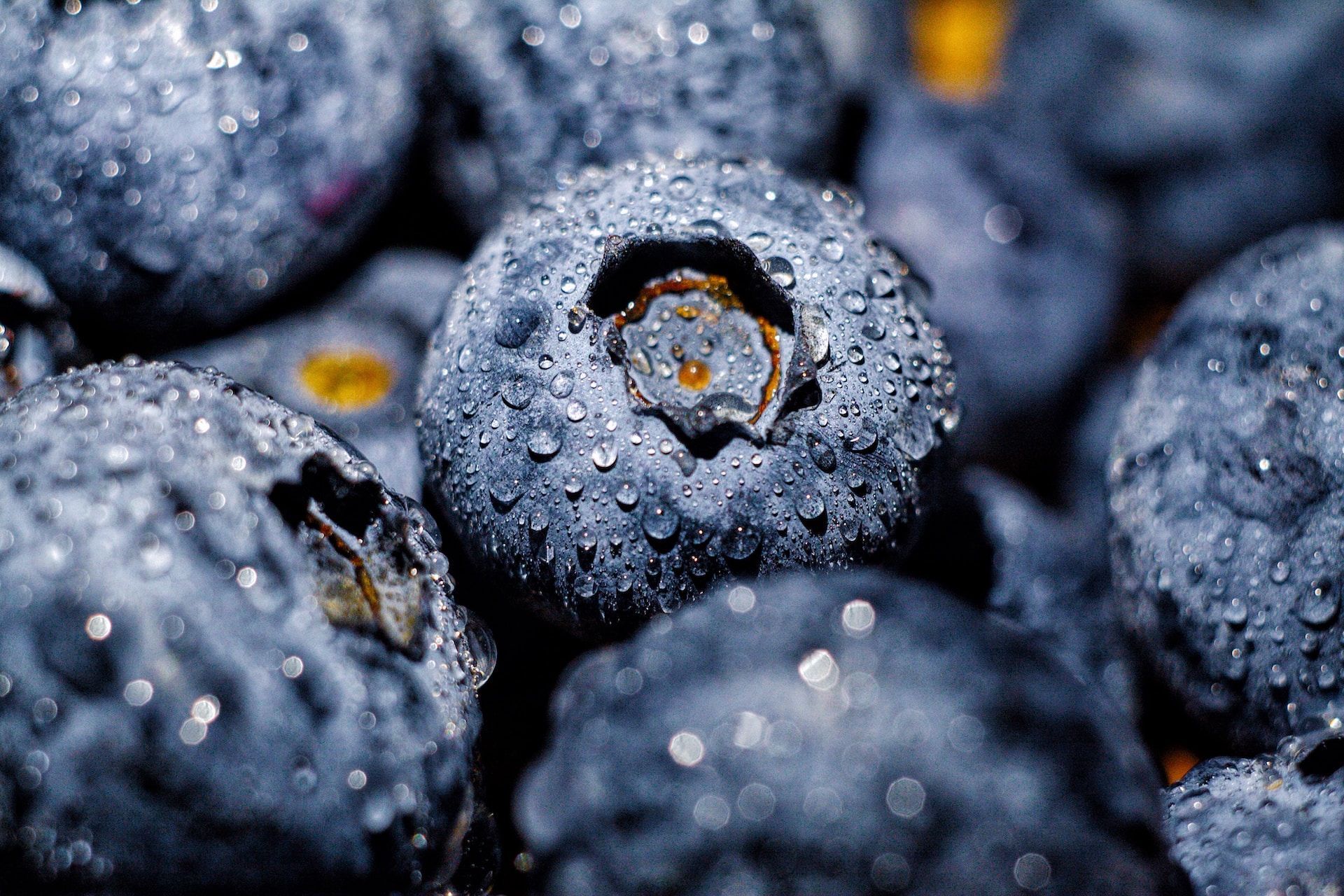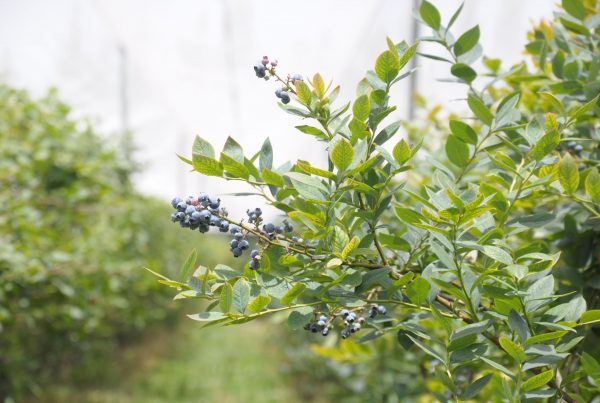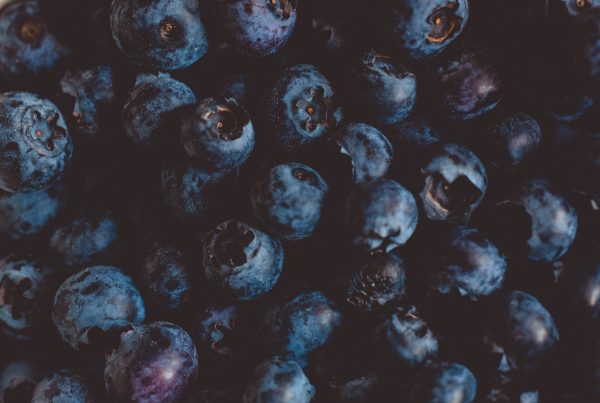Newsletter 155 – 09.05.2023
The blueberry was a great success in modern fruit growing. Both the northern and southern hemispheres experienced a boom in plantations. In the southern hemisphere, it was first Chile and Argentina, then Peru and South Africa, that have fully devoted themselves to its cultivation and commercialization. In just 4 years, the exported volumes of the southern countries doubled. For the season that is beginning, it was expected to exceed half a million tons of exports. But most likely, erratic weather will not allow this goal to be achieved. Climate change is becoming more noticeable and there is no producing region that has not suffered an extreme weather event. Even regions that were considered ideal for its cultivation are no longer so. Therefore, it becomes increasingly difficult to make a forecast, since it must be constantly adjusted due to unexpected rains, heat waves or atypical frosts. It is difficult to find crops under ideal conditions.
The northern hemisphere season, which is coming to an end, also showed these complications. Spain suffered under dry conditions, a cool spring and a very long and hot summer. The campaign was shorter and with less production than usual. On the other hand, the northern regions of Europe suffered under alternating temperatures, dry periods and other periods of excess rainfall. Similar situations were suffered in North America. This time it was the northwest (states of Oregon, Washington and British Columbia) that registered several waves of extreme heat and droughts. Therefore, in the northern hemisphere the season ends early and with lower than expected volumes.
The southern hemisphere is not spared from the crazy weather either. Right now, Peru is strongly feeling the change. From practically not producing and exporting blueberries, in just a few years it became the world number one thanks to its good climate, availability of land, water, labor and enterprising businessmen. Therefore, the world was surprised by the news that this year is more complicated for Peru. The cause is the phenomenon of El Niño, which is presented as a "Superniño", and located temperatures 4-5ºC above average. There was practically no winter in Peru. This disturbed the blueberry crops, delaying the ripening of the fruits and dropping the yield. One of the most affected varieties, Ventura, is one of the most planted, contributing 35% of exports in 2022/23. Logically the effect varies according to locality and variety. It is expected that the decrease will register mainly at the beginning of the campaign and that in a few weeks the situation will return to normal. But the uncertainty continues as it is an unknown phenomenon, complicating the programming of the season.
Chile does not start the season with the best perspectives either. Until now, winter has been mild, which could lead to some varieties not being able to accumulate cold hours for full production. But what is most worrying at this time was the strong storm in mid-August in central-southern Chile. This occurred in the main blueberry-producing regions, between O'Higgins and Biobío. Along with cherries, they are the most damaged crops due to heavy rains, strong winds and flooding of fields. Added to this is the destruction of infrastructure. The Chilean Federation of Fruit Producers forecast a loss of at least 400 million dollars due to the damage caused by the frontal system.
Despite these complications, it is estimated that these losses can be reversed. Peru and South Africa are in an expansive phase, which is why there are new surfaces that could compensate for the lower yield. Chile also has great potential, which is why it could derive a greater percentage for fresh exports. For this reason, it is estimated that, despite the uncertainty, it will be possible to supply the northern markets with sufficient volume and good to very good fruit quality. In the 2022/23 campaign, Peru managed to export 286,000 tons, Chile 88,000 tons, South Africa 21,000 tons and smaller suppliers around 10,000 tons. It is expected that this year it will also reach and even exceed 400,000 tons exported by the southern hemisphere.







